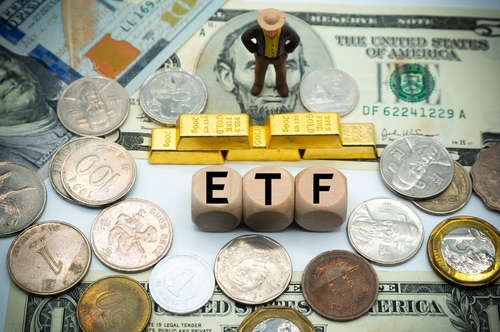A steepening yield curve is an important indicator in the financial world, often signaling changes in economic conditions. Here’s a breakdown of what it means and why it matters:
1. Definition: A yield curve plots the interest rates of bonds with different maturities, typically government bonds. When the yield curve steepens, the gap between short-term and long-term interest rates widens. This means long-term rates are rising faster than short-term rates.
2. Economic Growth Expectations: A steepening yield curve usually indicates that investors expect stronger economic growth in the future. As the economy grows, demand for capital increases, pushing up long-term interest rates.
3. Inflation Concerns: Rising long-term rates can also reflect expectations of higher inflation. Investors demand higher yields to compensate for the anticipated decrease in purchasing power over time.
4. Impact on Borrowing Costs: For consumers and businesses, a steepening yield curve can lead to higher borrowing costs for long-term loans, such as mortgages and business investments. However, short-term borrowing costs may remain relatively low.
5. Bank Profitability: Banks often benefit from a steepening yield curve because they borrow money at lower short-term rates and lend at higher long-term rates. This spread between borrowing and lending rates can boost their profitability.
6. Investment Strategies: Investors might adjust their strategies based on a steepening yield curve. For example, they may favor long-term bonds if they expect rates to continue rising, or they might shift to equities if they anticipate strong economic growth.
Understanding the implications of a steepening yield curve can help you make more informed financial decisions and better anticipate changes in the economic landscape.
Trade well.
















 English (US) ·
English (US) ·